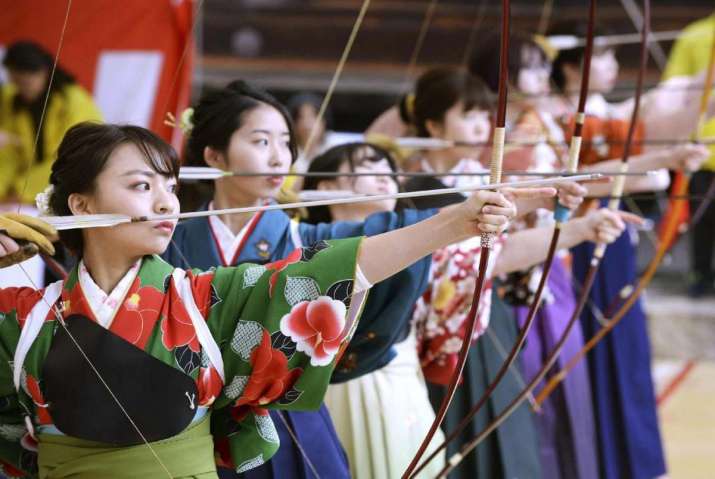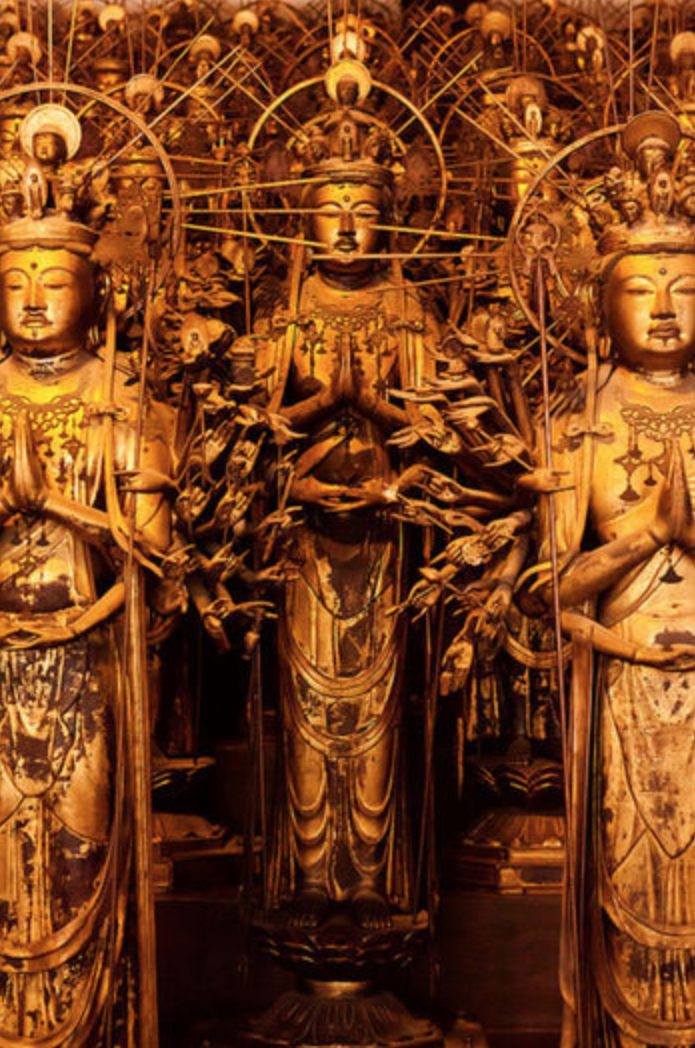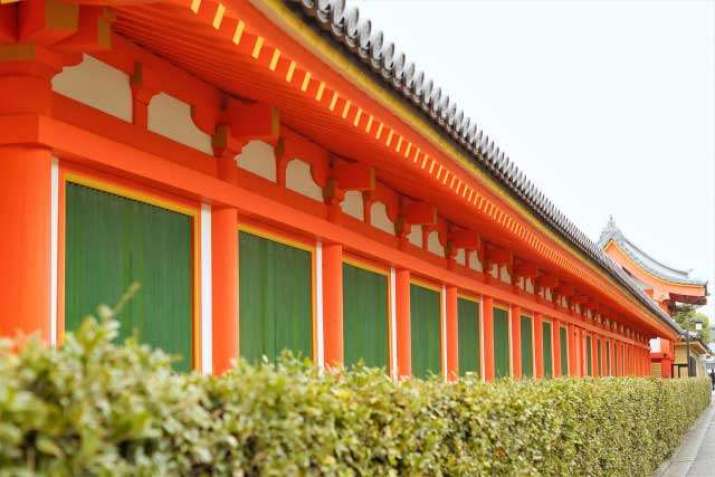
Some 1,600 women gathered in the former Japanese capital of Kyoto on Sunday to mark the New Year by participating in a traditional archery (Jpn: kyudo) tournament, held annually at the historic Buddhist temple Sanjusangen-do.
Colorfully garbed in traditional kimonos and hakama skirts, the women, each of whom were marking their coming of age having recently turned 20, took turns to shoot arrows at one-meter-wide targets 60 meters distant in a traditional archery contest that traces its roots back some 400 years to the early 1600s.
Each archer has two minutes to hit her target with two arrows; those who succeed in placing both arrows qualify to advance to the next round. The modern-day tournament is based on Toshiya, an archery competition held for 255 years at Sanjusangen-do, gaining popularity during the Edo period (1603–1868). Historical writings record one incident suring which 8,133 arrows out of 13,053 that were shot over a 24-hour period hit their targets.
The original Toshiya contest was last held in 1861, but the modern tournament that derives from that tradition, known as Ohmato Taikai, or Festival of the Great Target, continues today, drawing participants and spectators from across the country. The competition is held on the second Sunday of each January in conjunction with the temple’s most important Buddhist ceremony, Yanagi-no-Okaji, or Rite of the Willow ritual, and Japan’s national Coming of Age Day.
“I was nervous,” admitted one archer, a 20-year-old student from Nara Prefecture in her second year at Doshisha Women’s College of Liberal Arts. “But I felt cheerful about drawing the bow with a feeling of gratitude to my parents,” she added. (The Mainichi)
The temple hosting the event, Sanjusangen-do, affiliated with the Tendai school of Japanese Buddhism, was established in 1164 by the renowned Heian period (793–1185) military leader Taira no Kiyomori (1118–81) and is today counted as part of the larger Myoho-in temple complex.

bodhisattva Kanon. From japan-talk.com
The temple is notable for its massive 120-meter-long main hall and also well known for housing 1,001 life-sized statues of the bodhisattva Kanon (Avalokiteshvara, Guan Yin) carved from gilded cypress wood, most of which date to the 13th century. Sanjusangen-do’s principal image is a 3.3-meter-high sculpture of a seated thousand-armed Kannon with crystalline eyes dated to 1254, crafted by the famed sculptor Tankei (1173–1256), student and eldest son of the master sculptor Unkei.
Buddhism and Shinto are the two most widespread religious traditions in modern Japan, with 79.2 per cent of the population identifying as practicing Shinto and 66.8 per cent identifying as Buddhists, indicating a high level of overlap between the two traditions, although, somewhat paradoxically, a majority of Japanese also identify as atheists for a number of cultural reasons. Christians represent 1.5 per cent of the population, while other religions make up a combined 7.1 per cent, according to data for 2017. The most popular schools of Buddhism are Nichiren, Pure Land, Shingon, and Zen.

See more
1,600 women take part in New Year archery event (Japan Today)
1,500 new adults participate in traditional archery event in Kyoto (The Mainichi)














